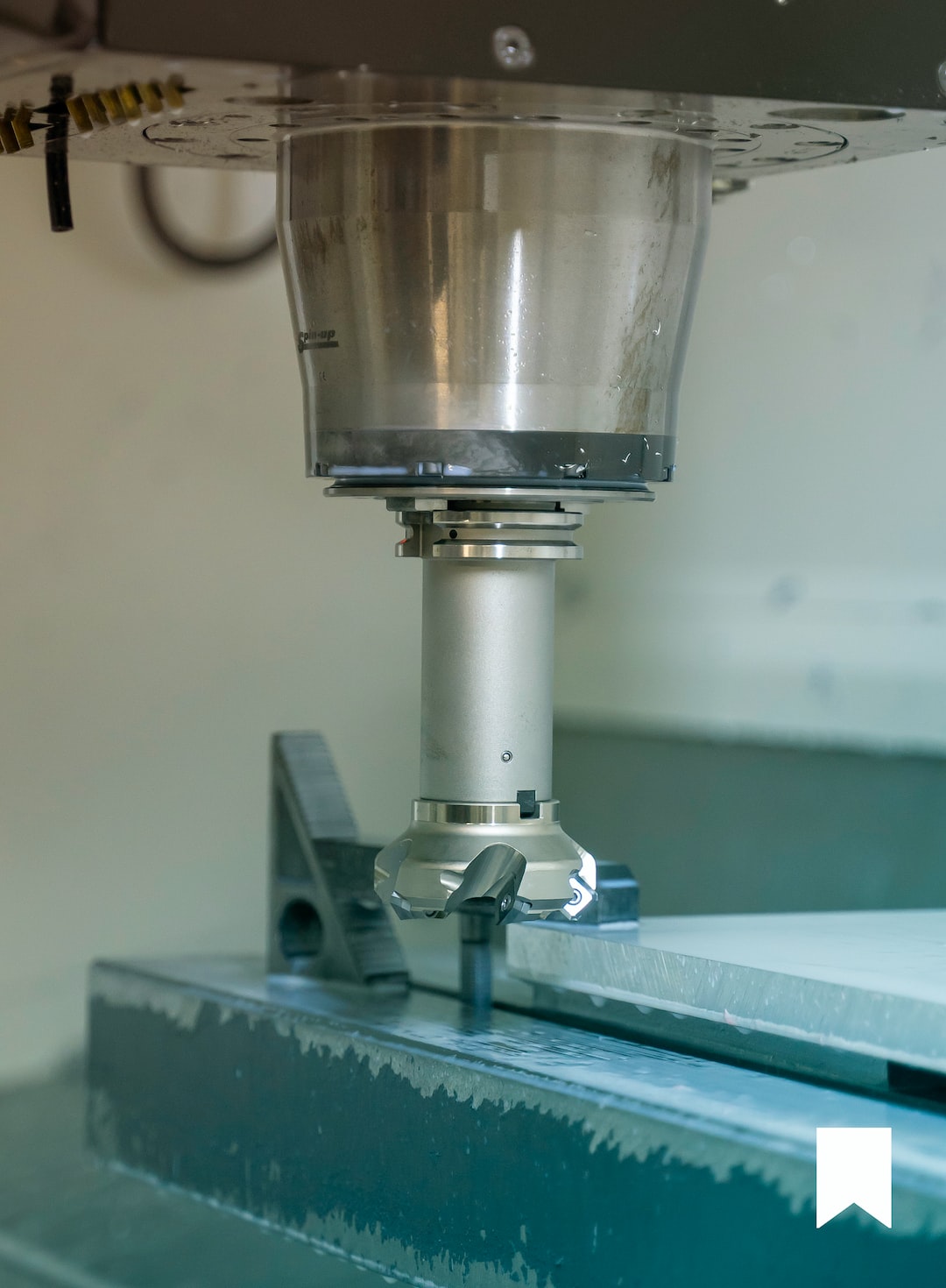The Role of Virtual Reality and Augmented Reality in Manufacturing
Virtual Reality (VR) and Augmented Reality (AR) have rapidly emerged as transformative technologies in various industries, and the manufacturing sector is no exception. These immersive technologies are revolutionizing the way manufacturers design, produce, and maintain products, ultimately improving efficiency, productivity, and cost-effectiveness. In this article, we will delve into the role of VR and AR in manufacturing and explore their potential benefits and challenges.
Firstly, VR and AR are enabling manufacturers to create virtual prototypes, saving time and resources in the product design phase. Traditionally, physical prototypes are time-consuming and expensive, often resulting in lengthy design iterations. With VR, designers can create and interact with virtual models, allowing for quick and seamless design changes. This real-time feedback helps identify flaws and optimize designs before physical production, reducing the risk of costly errors. Furthermore, VR simulations enable designers and engineers to evaluate product performance, ergonomics, and usability, ensuring that the final product meets customer expectations.
Secondly, VR and AR are enhancing training and skills development in the manufacturing industry. Complex tasks, such as assembly line operations or equipment maintenance, can be taught more effectively through immersive simulations. VR can create realistic training environments where employees can practice hands-on skills without risking damage to machinery or endangering themselves. Similarly, AR can overlay digital information onto physical equipment, guiding operators step-by-step through complex procedures. This technology is particularly useful in onboarding new employees or upskilling the existing workforce, as it reduces training time and improves knowledge retention.
Moreover, VR and AR are streamlining manufacturing processes, improving efficiency, and reducing waste. In the production phase, VR can be used to simulate assembly lines, allowing manufacturers to identify bottlenecks and optimize workflows before physical implementation. Workers can visualize the entire manufacturing process, enabling them to spot potential issues or make suggestions for improvements. AR, on the other hand, can assist workers on the shop floor by providing real-time instructions, reducing errors and minimizing the need for manual checking. By eliminating time-consuming tasks and improving overall process efficiency, VR and AR technologies contribute to cost reduction and increased productivity.
Additionally, VR and AR are facilitating remote collaboration and maintenance, bridging gaps between experts and technicians. With VR, remote experts can virtually observe and guide on-site technicians, offering real-time assistance and troubleshooting. This is particularly advantageous in situations where physical travel is challenging or costly. AR, on the other hand, allows technicians to access digital manuals, diagrams, or remote assistance through wearable devices, enabling them to efficiently execute complex repairs or maintenance tasks. The seamless exchange of information and expertise through these immersive technologies can significantly reduce machine downtime and improve overall equipment efficiency.
While the numerous benefits of VR and AR in manufacturing are evident, there are also challenges that need to be addressed. The upfront investment required for hardware and software can be substantial, making it a barrier for smaller manufacturers. Additionally, the integration and compatibility of VR and AR systems with existing manufacturing technologies and processes might pose implementation challenges. Furthermore, considerations around data security, privacy, and intellectual property protection need to be carefully addressed to ensure the adoption and trust of these technologies.
In conclusion, Virtual Reality and Augmented Reality have the potential to revolutionize the manufacturing sector by offering virtual prototyping, training simulations, process optimization, and remote collaboration. The use of these immersive technologies can lead to significant improvements in efficiency, productivity, and cost-effectiveness. However, manufacturers must carefully evaluate the benefits and challenges associated with implementation, ensuring that these technologies align with their strategic goals and provide sustainable value in the long run. As VR and AR continue to evolve, their role in manufacturing will undoubtedly grow, empowering manufacturers with unprecedented capabilities and transforming the industry.
